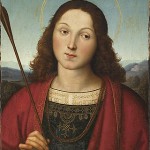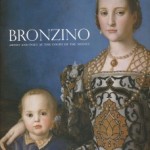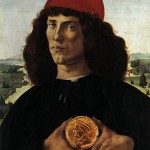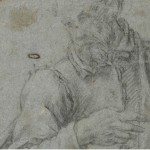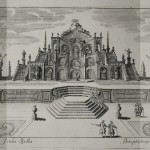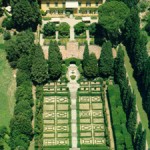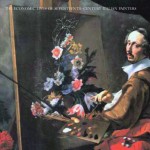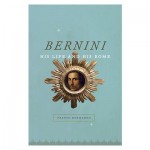
Franco Mormando, Bernini: His Life and His Rome, 2011 John Weretka Franco Mormando, Bernini: His Life and His Rome, Chicago: Chicago University Press, 2011 (ISBN-13 978-0-226-53852-2). Surprising as it may be, in a world awash with biographies of his somewhat older contemporary, Caravaggio, Bernini has all too frequently been overlooked in the traditional life-and-works genre. After filling the better part of half a century with a torrent of works in almost all media and for almost all occasions, the employee of a succession of popes and a leading figure in shaping the look of Rome during its seventeenth-century Golden Age, Bernini passed into eternity almost unnoticed: as Franco Mormando notes, we know reasonably little about the artist’s death and funeral exequies from contemporary notices, all the more surprising given the sumptuousness of the similar events to which he contributed during his own life.…

